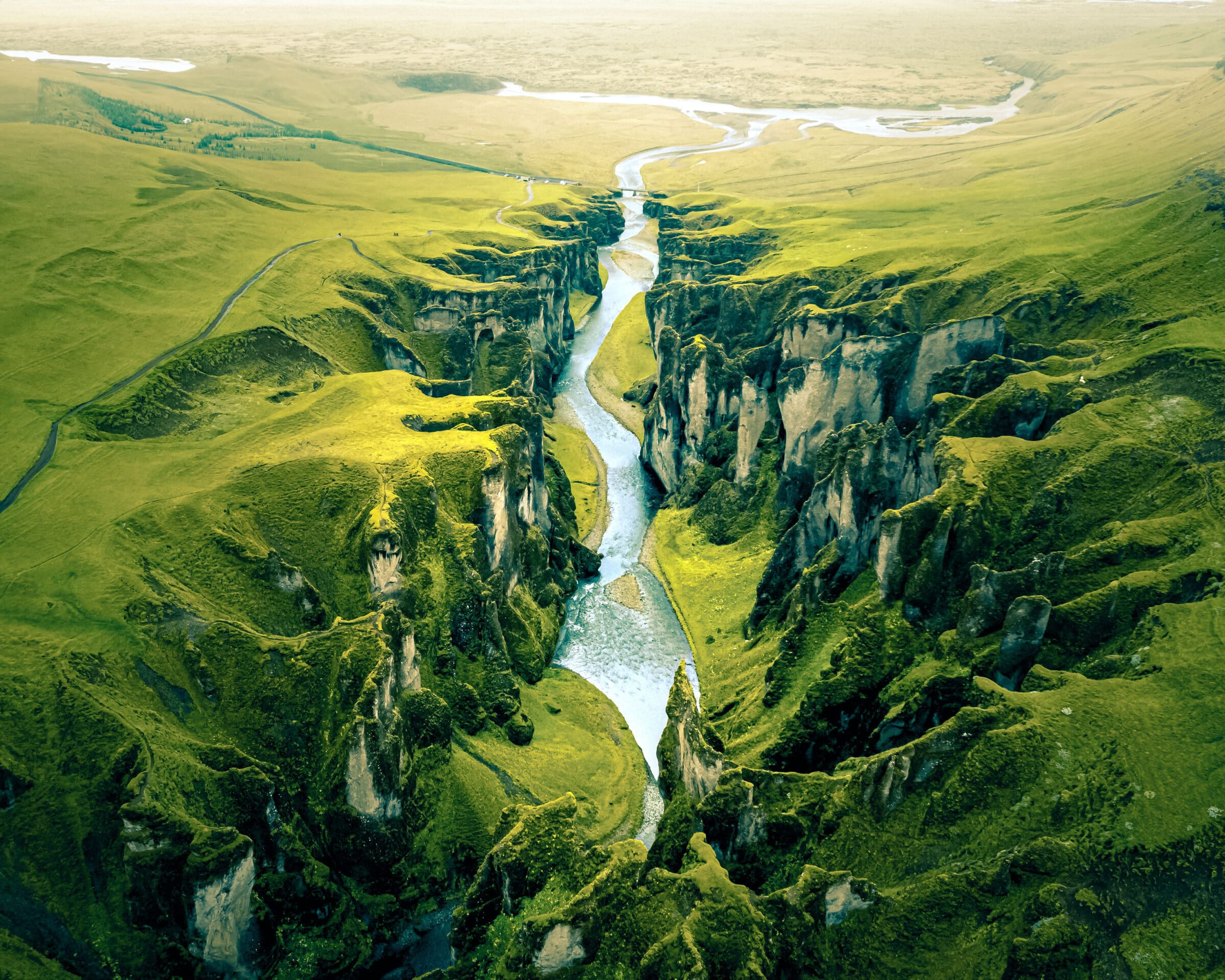Welcome to the land of fire and ice, where nature’s elements collide in spectacular fashion to create a world unlike any other. Iceland, a country where the Northern Lights dance across skies as clear as the waters of its geothermal springs, invites adventurers and dreamers alike to explore its mystical landscapes.
Prepare to be whisked away to a realm where glaciers carve paths through mountains, waterfalls cascade with a power as pure as the snow from which they spring, and geysers erupt with the pulse of the earth. Iceland is not just a destination; it’s an experience that begins with the first glimpse of its rugged coastlines and extends to the depths of its rich cultural heritage, found in the warmth of its people and the ancient sagas that tell tales as captivating as the landscape itself.
From the vibrant hues of Reykjavik’s cityscape to the ethereal beauty of the aurora borealis, every aspect of Iceland is a testament to the awe-inspiring power of nature. Whether you’re planning to traverse the Golden Circle, bathe in the Blue Lagoon, or explore the remote corners of the Westfjords, we’re here to guide you through the best that Iceland has to offer.

The Best Time To Visit
The best time to visit Iceland depends on your interests:
- Summer (June to August) offers nearly 24 hours of daylight, mild temperatures, and is ideal for exploring the highlands and enjoying outdoor activities.
- Fall (September to November) features thinner crowds, cooler temperatures, and increasing chances to see the Northern Lights, making it a great time for a quieter visit with a focus on aurora watching.
- Winter (December to February) is prime time for Northern Lights enthusiasts, offering dark skies, cold temperatures, and snowy landscapes, perfect for ice cave explorations and winter sports.
- Spring (March to May) presents a mix of lingering Northern Lights opportunities and the awakening of the landscape, with fewer tourists and gradually warming weather.
Each season in Iceland offers unique experiences, from summer’s endless days to winter’s magical Northern Lights, making any time a good time to visit based on what you want to see and do.
What To Know
In Iceland, the official language is Icelandic, a North Germanic language that has remained relatively unchanged since the country was settled in the 9th and 10th centuries.
Icelandic is known for its preservation of Old Norse language elements, making it one of the closest languages to those spoken by the Vikings.
Icelandic is spoken by the vast majority of the country’s population, and while it may seem daunting to non-speakers, English is widely understood and spoken, especially in tourist areas, hotels, and restaurants.
This makes communication for travelers generally easy. Additionally, you’ll find that many Icelanders speak one or more foreign languages, including Danish (taught in schools as a mandatory subject), German, Spanish, and French.
In Iceland, the currency used is the Icelandic króna.
When traveling in Iceland, it’s helpful to have some local currency on hand for smaller establishments, markets, or in areas less frequented by tourists, though credit and debit cards are widely accepted across the country, even for small purchases.
Due to Iceland’s relatively high cost of living, visitors should be prepared for prices that may be higher than what they’re accustomed to back home.
Iceland is often cited as one of the safest countries in the world for travelers. Its low crime rate, strong sense of community, and comprehensive welfare system contribute to an environment where safety and security are the norm. Violent crime is extremely rare, and petty crimes like pickpocketing are not a significant concern, especially compared to other popular tourist destinations.
Tourists are encouraged to follow the Icelandic Search and Rescue Association’s safety advice, stay informed about the weather, and familiarize themselves with local driving conditions if they plan to rent a vehicle.
With the right precautions and respect for the environment, travelers can safely enjoy all the beauty and adventure Iceland has to offer.
Public transport in Iceland, while not as extensive as in larger countries, provides reliable options for getting around, especially in and around the capital, Reykjavik, and other populated areas.
Buses: The backbone of public transport within Iceland is its bus system. Reykjavik has a comprehensive city bus service, Strætó, which operates routes connecting the city center with suburbs and nearby towns. For travel beyond the capital, long-distance buses connect Reykjavik with major towns and regions across Iceland, making it feasible to travel the country without a car, especially during the peak tourist season.
Domestic Flights: Due to Iceland’s vast landscapes and remote areas, domestic flights are a popular and efficient way to travel between regions. Airports like Akureyri, Egilsstaðir, and Ísafjörður serve as gateways to the north, east, and Westfjords, respectively, significantly cutting travel time compared to driving.
Ferries: Ferries in Iceland are crucial for accessing off-the-mainland destinations such as the Westman Islands. They provide a scenic and practical alternative to flying, especially for those looking to explore Iceland’s island regions.
While public transport covers many areas, renting a car might still be the best option for accessing more secluded locations and having the flexibility to explore at your own pace.
